Alzheimer’s disease made lives difficult. It also remains a challenge for scientists and healthcare providers. For many years, the search for effective treatments seemed fruitless.
Then, two years ago, the medical community broke into massive optimisim. Breakthrough research introduced new drugs that could change the course of the disease. One of these drugs, donanemab, has demonstrated impressive effectiveness. It has slowed the progression of Alzheimer’s by 35% in patients at the earliest stages.
In this article, we’ll dive into the details of the study of the disease. We will also examine how donanemab works and discuss the renewed hope it brings to patients and doctors alike.
Everything You Need To Know About Alzheimer’s
As we age, we often laugh off moments when we misplace our glasses or forget what brought us into a room. While it’s normal to forget things occasionally, persistent memory problems may signal something more serious: Alzheimer’s disease.
Let’s delve into what Alzheimer’s really entails. It’s a journey through the complex terrain of neural pathways, brain chemistry, and genetic factors.
Prefer to listen rather than read?
Alzheimer’s disease is a condition that gradually damages the brain and nerves. It is the primary reason behind dementia in older adults. It gradually erodes memory, thinking, and cognitive skills, severely limiting a person’s ability to perform everyday tasks.
The disease slowly interferes with communication, logical thinking, and behavior. It significantly reduces the affected individual’s overall quality of life.
Understanding Memory: Memory Types and How They Work
Memory is more than just a storage unit for information; it’s a complex and sophisticated system essential for processing and recalling data. We will discuss three different kinds of memories below.
Sensory Memory: The Briefest Memory Store
Sensory memory is the briefest form of memory. The memory last less than or a few seconds. Sensory is still important despite being short. This memory is a buffer when either of your five senses becomes active. Despite its brief nature, sensory memory is crucial for perception. It helps us retain impressions of sensory information even after the original stimuli have ceased.
For instance, when you witness a flash of lightning, the image lingers briefly before fading. This retention, known as “iconic memory,” is a form of sensory memory. Another example is “echoic memory,” which allows us to remember sounds for a short period, like the last few notes of a song after it has stopped.
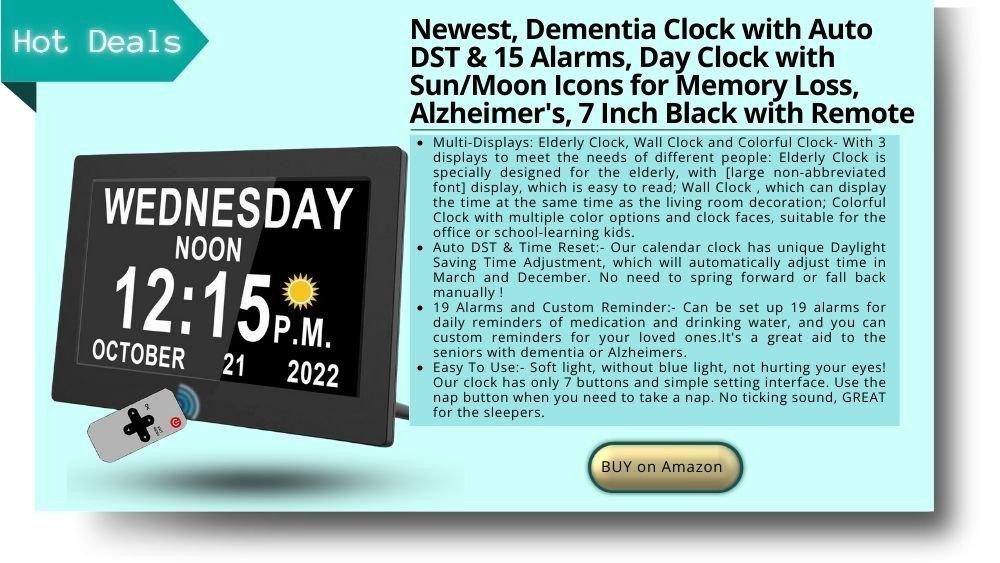
Short-Term Memory: The Brain’s Post-it Note
Short-term memory, also known as working memory. It keeps a small amount of information active and accessible for about 20 seconds. The memory has a limited capacity. You usually hold around 7 items, give or take two.
Think of short-term memory as your mental notepad. It’s where information is briefly stored. For example, when you read a sentence, your short-term memory holds the beginning of it. You will later take this info for an essay or report.
Long-Term Memory: The Brain’s Filing System
Long-term memory is like a vast library in your mind. It can store information for several minutes to a lifetime. This type of memory includes everything you know about the world. It covers facts (semantic memory), personal experiences (episodic memory), skills and habits (procedural memory), and more.
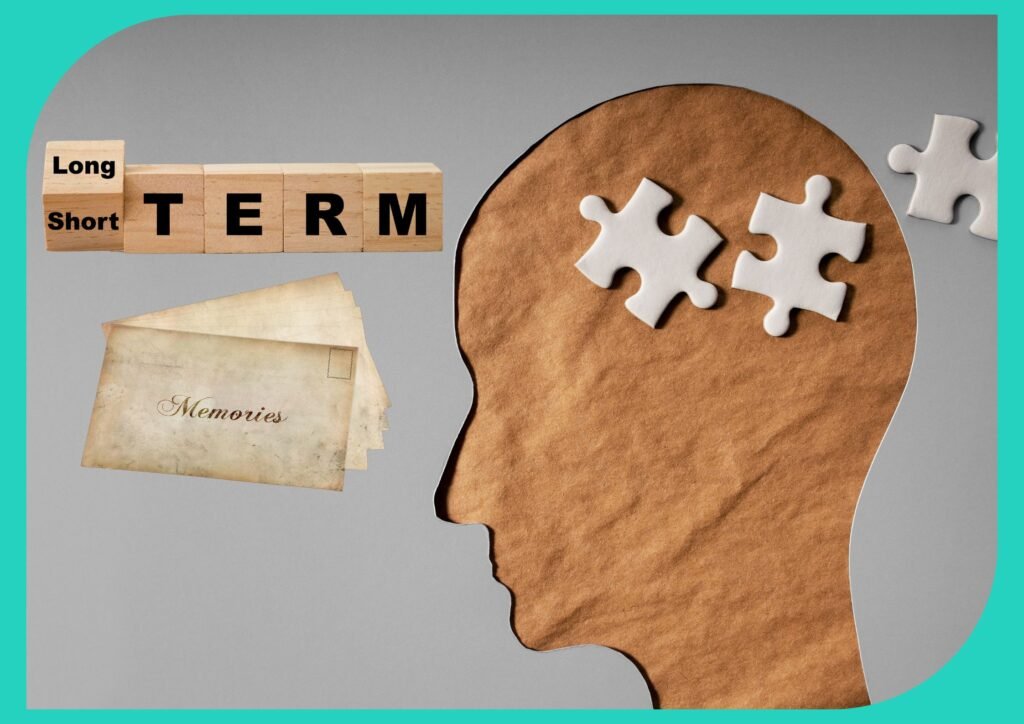
Understanding these memory types is crucial for grasping how our minds operate and the detailed mechanics behind memory loss and conditions such as Alzheimer’s disease.
Long-term memory has nearly limitless storage. It’s where all your knowledge is stored, from the smallest details of personal events to complex scientific concepts. Your long-term memory is working right now. It will help you remember this type of memory.
In essence, our memory system is a remarkable cognitive tool. It effortlessly manages vast amounts of information, enabling us to learn, navigate the world, and shape our individual identities.
The Degeneration of Memory: Causes and Stages of Memory Loss
Memory loss is more than just forgetting where you left your keys. Memory loss is a sign your brain not working as it should. This decline is important since it affects learning, reasoning, and everyday living.
Age-Related Memory Loss: The Normal Aging Process
Experiencing some memory lapses is a normal part of aging. As we grow older, changes in the brain can affect its function. It leads to moments of forgetfulness.
You might notice it takes longer to pick up new skills, or you might forget names or appointments. While frustrating, these instances are generally not a serious concern and can often be lessened with mental and physical exercises.
Medical Conditions: Underlying Health Issues
Various medical conditions can impact memory and cognitive function. Conditions such as depression, thyroid abnormalities, vitamin deficiencies, and kidney or liver disorders can all contribute to memory problems. In most cases, managing the underlying condition effectively can alleviate memory issues.
Traumatic Brain Injury: The Impact of Accidents
Accidents or severe falls can cause traumatic brain injuries. The impact of this loss depends largely on the injury’s severity and location. Post-Traumatic Amnesia (PTA) is often seen after a brain injury. During PTA, individuals may temporarily lose memory and cognitive abilities, impacting their daily lives.
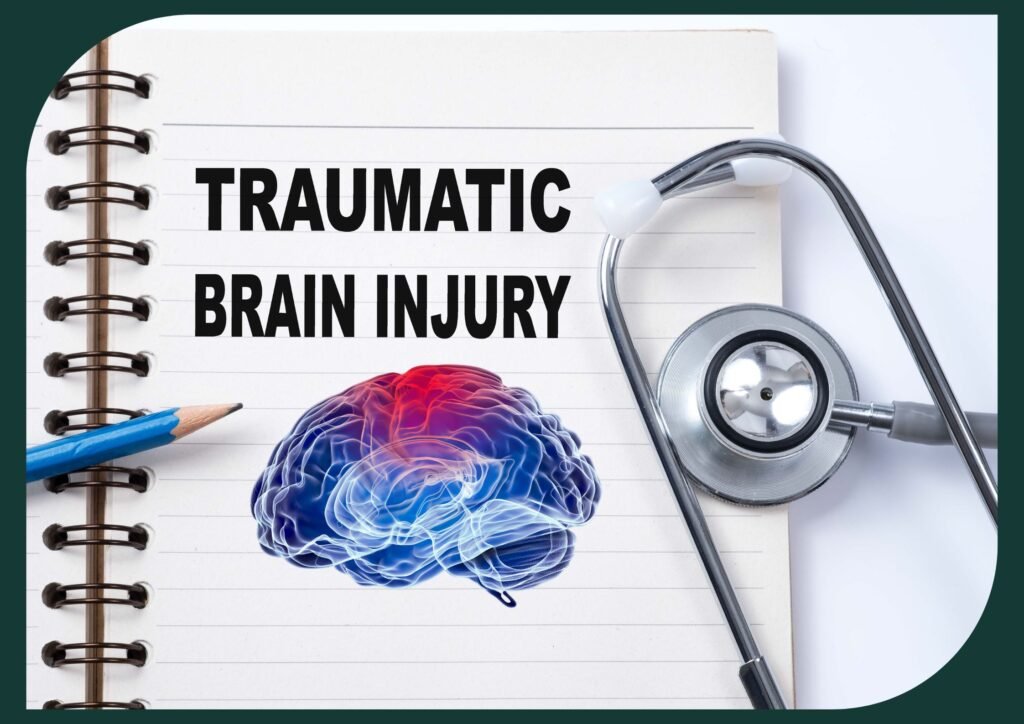
Diagnosis of Alzheimer’s Disease: Assessing Memory Loss
Diagnosing Alzheimer’s disease takes effort. It requires a thorough medical evaluation and the ruling out of other conditions that could be causing dementia-like symptoms. Let’s have a conversation about how doctors diagnose Alzheimer’s disease.
The initial phase in identifying Alzheimer’s disease involves a thorough gathering of the patient’s medical history. This critical stage helps healthcare providers. It allows them to create a holistic understanding of the patient’s condition. Think of it as a detailed canvas, capturing both their past and present health situations.
To start with, understanding the patient’s health background involves exploring their past medical conditions. This includes illnesses they may have previously encountered, the treatments they’ve undergone, and any notable health events they’ve experienced. Knowing these factors allows healthcare professionals to rule out any health complications that might be influencing the present symptoms.
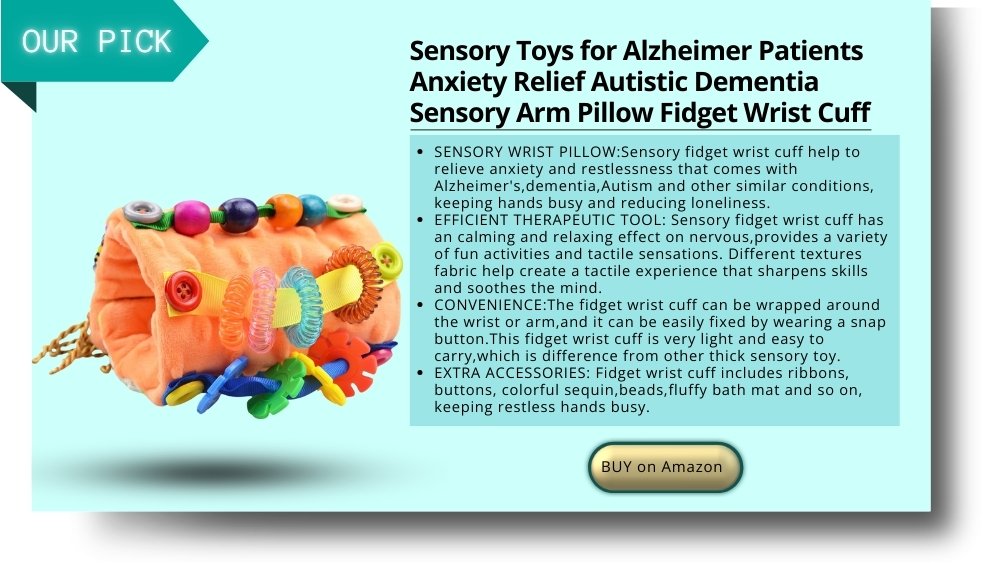
In addition to this, an overview of the patient’s present health issues is essential. Here, the focus is not only on the symptoms they are currently experiencing but also on the duration and sequence of these symptoms. In other words, knowing how long the symptoms have persisted and the order in which they appeared could provide clues about the progression and severity of the disease.
Moreover, the patient’s family history becomes particularly relevant in this context. Given that Alzheimer’s disease can have a genetic component, information about family members who have had Alzheimer’s or other forms of dementia could signify an increased risk for the patient. Therefore, examining the patient’s genetic lineage and medical history of immediate and extended family members plays a crucial role in this diagnostic process.
Additionally, the healthcare provider may inquire about the patient’s dietary habits. What a person consumes can directly impact their overall health, and in some instances, certain food items have been found to contribute to cognitive decline or improve brain health. Hence, getting a clear picture of the patient’s eating habits could help in comprehending any dietary factors contributing to the symptoms.

The patient’s social habits, which encompass their lifestyle and day-to-day activities, are also critical areas of investigation. These can include their levels of physical activity, social interactions, stress levels, and sleep patterns. These factors are important to consider as they can either contribute to the cognitive symptoms or serve as protective elements against Alzheimer’s.
Furthermore, understanding the patient’s exposure to potential toxins is crucial. This includes possible encounters with harmful substances, either through their environment or occupation. Some toxins have been linked with neurological damage, hence the need to consider them in the diagnosis.
Lastly, it is important to discuss the medications that the patient is currently taking or has recently taken. Certain medications can cause side effects that resemble Alzheimer’s symptoms, or they could interact with each other in ways that might exacerbate the patient’s condition.
The first step in diagnosing Alzheimer’s disease requires a meticulous review of a patient’s comprehensive medical history. This helps to not only identify the potential cause of the symptoms but also strategize the best treatment approach going forward. After gathering a comprehensive medical history, the diagnostic process for Alzheimer’s disease usually continues with a range of clinical examinations and cognitive assessments.
A physical examination can help doctors determine if any physical signs align with the potential onset of Alzheimer’s. This might include checking the patient’s blood pressure, heart rate, temperature, and other vital signs to ensure that no underlying health conditions are contributing to the symptoms. Additionally, this can include a neurological examination, where reflexes, coordination, eye movements, speech, and sensation are evaluated to rule out other neurological conditions.
Mental status testing and neuropsychological tests are also important. These assessments can help establish the extent of cognitive difficulties a patient is experiencing. Tests like the Mini-Mental State Examination (MMSE) or the Montreal Cognitive Assessment (MoCA) are commonly used to evaluate memory, attention, problem-solving skills, and other cognitive functions. The scores from these tests can provide a baseline level of cognitive function and be used to monitor changes over time.
The healthcare provider may also opt for laboratory tests. These can include blood tests to rule out other potential causes of memory loss and confusion, such as vitamin B-12 deficiency or an underactive thyroid (hypothyroidism).
Genetic tests might also be considered to identify genetic markers associated with Alzheimer’s disease, though such tests are usually not performed unless there is a clear family history of the disease.
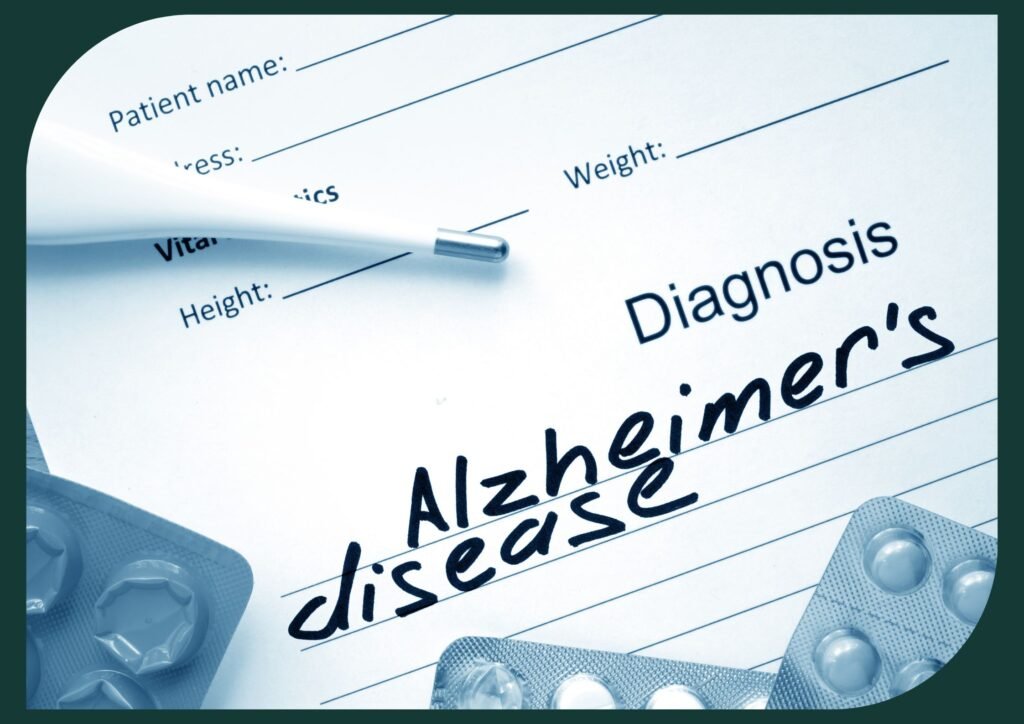
Imaging tests, such as computed tomography (CT), magnetic resonance imaging (MRI), or positron emission tomography (PET), are often used to look at the structure and function of the brain. These scans can detect physical changes like brain shrinkage or buildup of plaques, which are indicative of Alzheimer’s.
The neurological exam includes checks for balance, sensory function, reflexes, and other indications of brain and spinal cord abnormalities. Eye exams may also be conducted as certain eye conditions are associated with Alzheimer’s.
Brain imaging techniques provide pictures of the brain and can help doctors detect any abnormalities. Two main types are used in the diagnosis of Alzheimer’s.
- Computed Tomography (CT) or Magnetic Resonance Imaging (MRI): These scans can help identify strokes, tumours, or other problems that can cause cognitive impairment. They can also show the loss of brain mass associated with Alzheimer’s disease.
- Positron Emission Tomography (PET) Scans: Certain PET scans can help identify the plaques that are a hallmark of Alzheimer’s disease.
While the process may seem exhaustive, it’s important to remember that Alzheimer’s disease affects everyone differently and a definitive diagnosis may take time. At each step, the gathered information allows healthcare providers to continually narrow down potential causes, get a clearer picture of the patient’s condition, and tailor the most effective treatment plan.
The diagnosis of Alzheimer’s is a complex and careful process that begins with an extensive medical history but doesn’t end there. It’s a collaborative effort between healthcare providers and patients, grounded in ongoing observation and testing, to ensure the most accurate understanding of the patient’s health and the best possible management of their symptoms.
A diagnosis of Alzheimer’s is usually made after the medical professional has performed all these evaluations and ruled out other causes of dementia. While this process may seem daunting, an accurate diagnosis is crucial for developing an effective treatment plan and helps patients and their families plan for the future.
A Global Trial of Hope: Donanemab’s Impact on Alzheimer’s Progression
In the quest to combat Alzheimer’s disease, a groundbreaking global trial emerged, involving 1,700 patients from various regions, including 16 Australians. This comprehensive trial aimed to assess the efficacy of donanemab in the treatment of Alzheimer’s, offering a glimmer of hope to scientists and healthcare professionals worldwide.
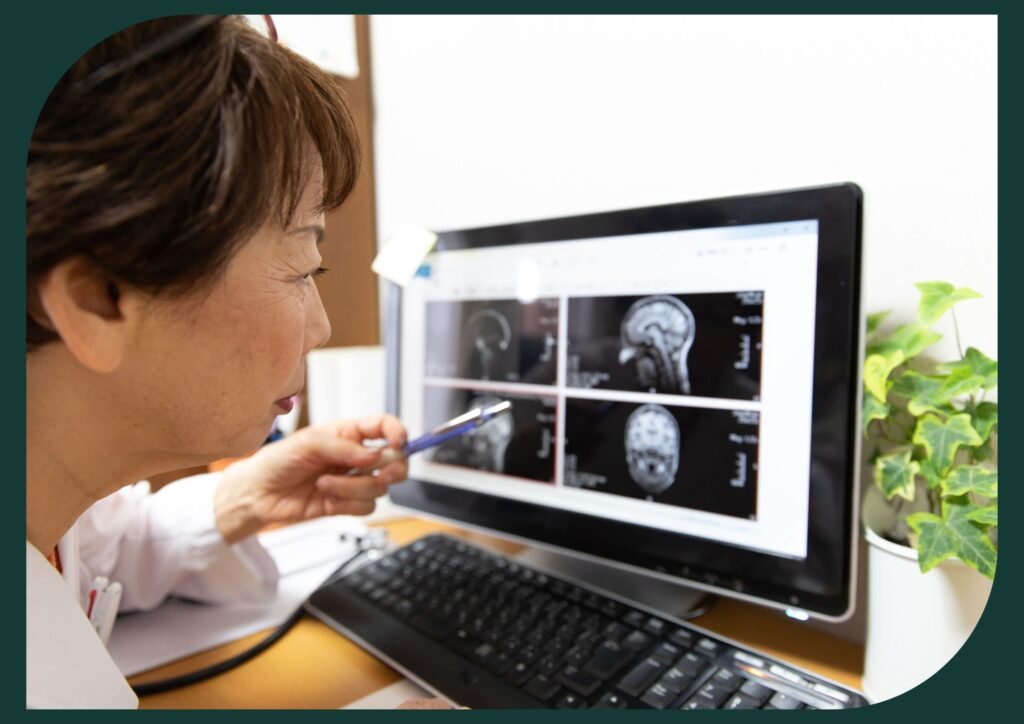
The Anticipation and Excitement at the Alzheimer’s Conference
The culmination of this extensive study was presented at a major Alzheimer’s conference. As researchers and medical experts eagerly awaited the findings, the air was charged with anticipation and excitement.
The potential impact of donanemab on the intractable nature of Alzheimer’s disease had the entire medical community on the edge of their seats.
Impressive Results from the Trial
Spread across eight sites in Victoria and New South Wales, the trial produced remarkable results. Donanemab demonstrated its potential to significantly slow down the progression of Alzheimer’s disease by an impressive 35%.
The drug’s effectiveness was particularly notable in patients in the earliest stages of the disease, offering newfound hope to those suffering from the devastating condition.
Significant Progress at the 18-Month Mark
As the trial progressed, the researchers observed a noteworthy 22% slowdown in disease progression at the 18-month mark. This milestone highlighted the potential of donanemab to create a substantial positive impact on the lives of Alzheimer’s patients, their families, and caregivers.
The successful outcomes of this global trial have set the stage for further advancements in Alzheimer’s research and treatment. Donanemab has become a beacon of hope, illuminating the path towards a future where Alzheimer’s is no longer an intractable and hopeless condition.
How Donanemab Works
Donanemab is a monoclonal antibody specifically designed to clear the brain of amyloid plaque, a substance believed to play a role in Alzheimer’s disease development. Researchers have sought to understand whether beta-amyloid plaque (BAP) or tau protein is responsible for the disease or whether it is a combination of the two.
The study participants, all in the early stages of Alzheimer’s and aged between 60 and 85, showed remarkable progress. At the 12-month mark, 47% of the patients exhibited no evidence of amyloid plaques, compared to only 29% in the placebo group.
Positive Results and Safety Data
Patients receiving donanemab injections showed significant improvements. The drug not only reduced amyloid levels to non-existent levels for many years, but it also slowed the disease’s progression equivalent to seven and a half months when compared to those not taking the medication.
Although the drug doesn’t cause people to improve, it holds immense promise as the most effective treatment for Alzheimer’s research in the last two decades.
However, there were risks observed during the study, such as brain bleeding and swelling, affecting a small subset of participants. Considering the fatal and otherwise untreatable nature of Alzheimer’s, the potential benefits of the drug outweigh the inherent risks.
Building on Past Success: Lecanemab
The study findings of donanemab are similar to those of its predecessor, lecanemab, which was proven to reduce cognitive decline by 27% in patients with early-stage Alzheimer’s in a study published previously. The drug lecanemab, also known as Leqembi, has been tested in four trials across 18 locations, including Australian sites.
The Challenge of Cost and Alzheimer’s Infrastructure
While the latest advancements in Alzheimer’s drugs bring hope, they also present a significant challenge for governments due to the high development costs. Leqembi, priced at about $US26,500 for a year’s supply of infusions every two weeks, indicates the potential costs of new drugs.
Donanemab’s pricing is yet to be established, but it involves monthly injections, presenting a considerable financial challenge. Nonetheless, the investment in these drugs should be seen in light of the savings in Alzheimer’s care, which costs approximately $6-7 billion annually in Australia.
To support these new treatments, infrastructure changes are necessary, including increased availability of PET scans for early diagnoses and easier access to regular hospital infusions.
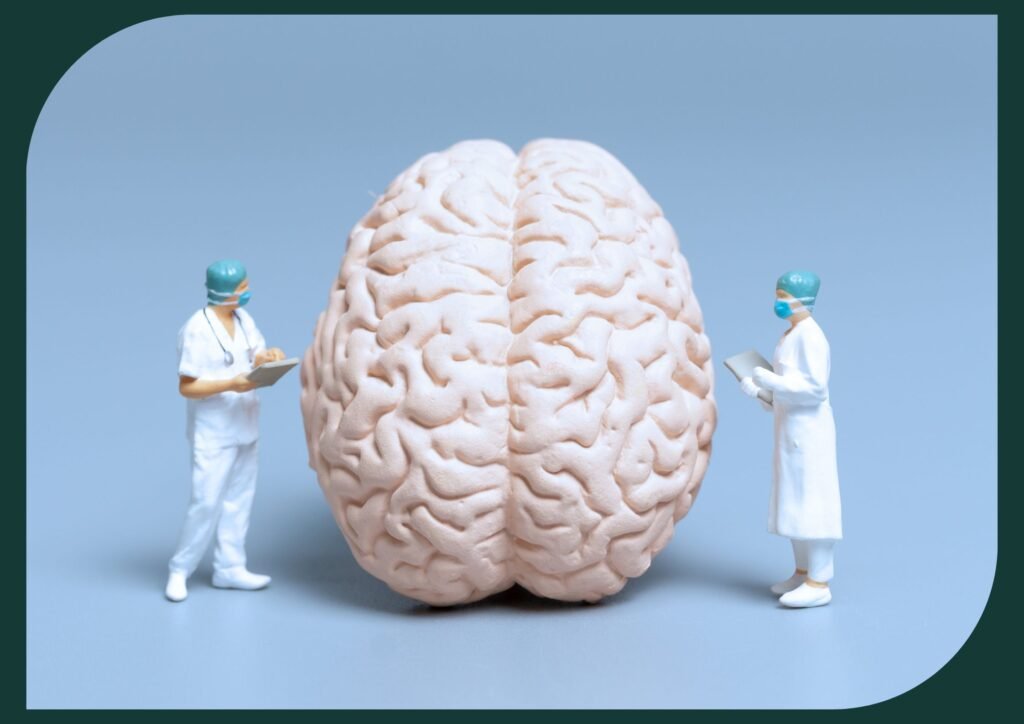
Conclusion
The results of the clinical trial of donanemab are highly promising for the future of Alzheimer’s treatment. With a 35% reduction in cognitive decline and brain plaque buildup, donanemab represents a significant breakthrough in the field of Alzheimer’s research.
While more studies will be needed to confirm the efficacy and safety of the drug, this development provides hope to millions of people suffering from this devastating disease. It is an exciting time for Alzheimer’s research, and we can only hope for continued progress in the fight against this condition.
Disclaimer
The content provided on MySeniors.World is for informational purposes only and is not intended as either financial or medical advice. Always consult a qualified professional before making any investment or health-related decisions.
Posts may contain affiliate links, meaning we earn a commission – at no additional cost to you, if you click through and make a purchase. Your support helps us continue providing valuable content.



















